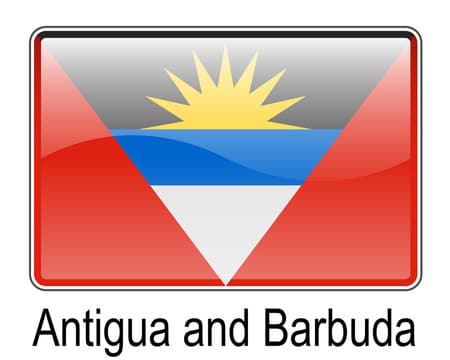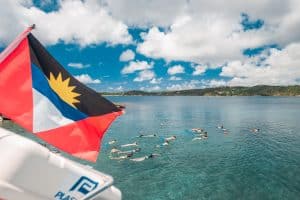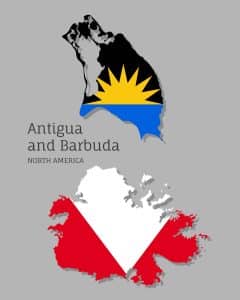Metro
Antigua and Barbuda: A Historical Overview of the Twin-Island Country

According to Britannica, Antigua and Barbuda are islands that form an independent state in the eastern Caribbean Sea. They were inhabited by Amerindian societies before the arrival of Europeans. Antigua was colonized by English settlers in 1632 and became a British possession. Barbuda was claimed by the British in 1628 but was not settled until 1678. The islands achieved independence in 1981.
The first inhabitants of Antigua and Barbuda were the Siboney, who arrived around 2400 BC from South America. They were followed by the Arawak around 1000 BC and the Carib around 1200 AD.
See population, official language and more…

Antigua and Barbuda

Map of Antigua and Barbuda
The English settlers who colonized Antigua in 1632 established a sugar plantation economy that relied on African slave labor. The slaves outnumbered the white population by the late 17th century.
Antigua and Barbuda became part of the West Indies Federation in 1958, a short-lived political union with other British Caribbean colonies. They gained internal self-government in 1967 and full independence in 1981 within the Commonwealth of Nations.
The first prime minister of Antigua and Barbuda was Vere Cornwall Bird, who led the Antigua Labour Party (ALP) from 1943 to 1994. He was succeeded by his son, Lester Bird, who served until 2004.
Antigua and Barbuda have a mixed economy based on tourism, financial services, and agriculture. They are also known for their cricket team and their carnival celebrations.





